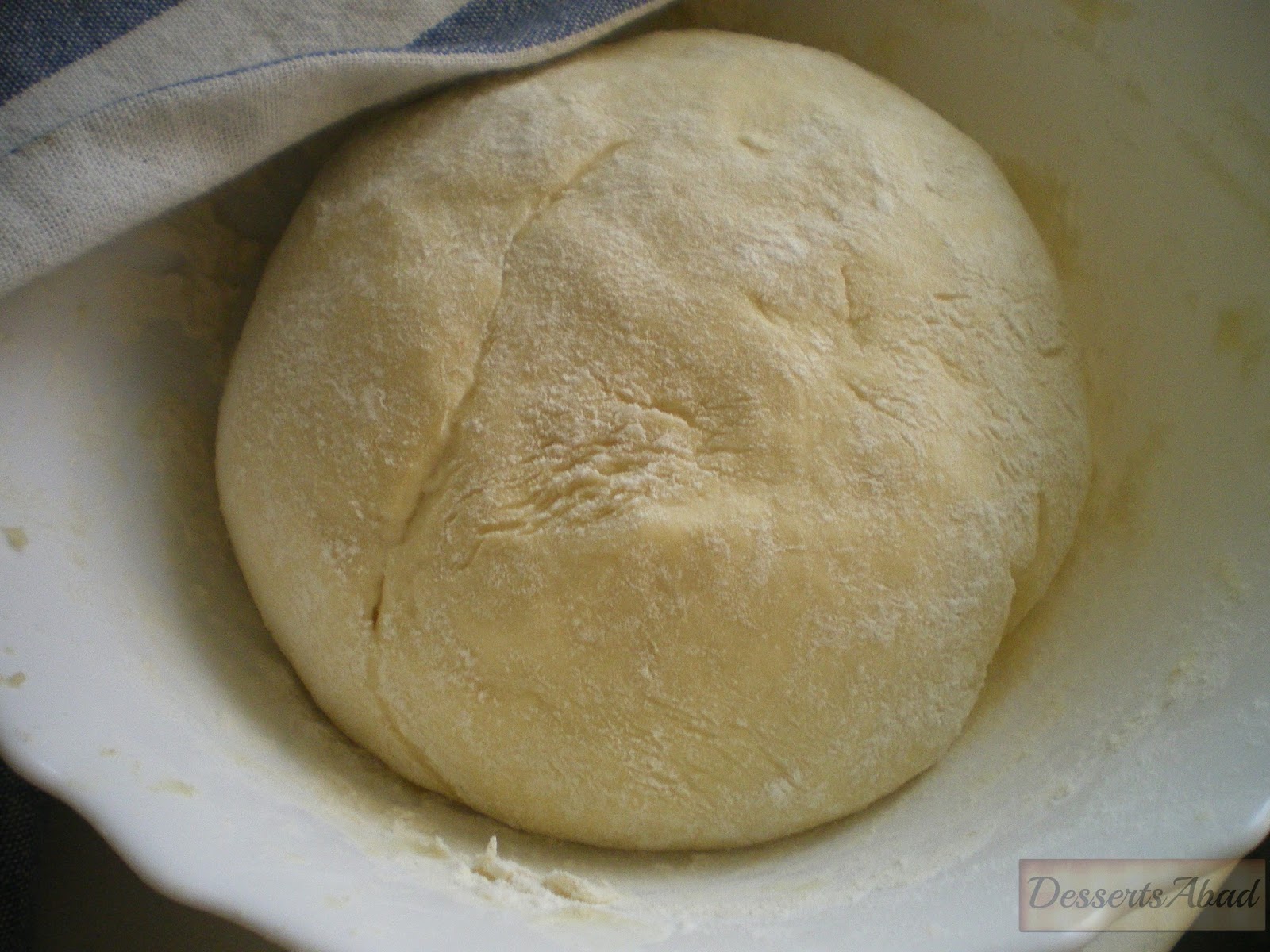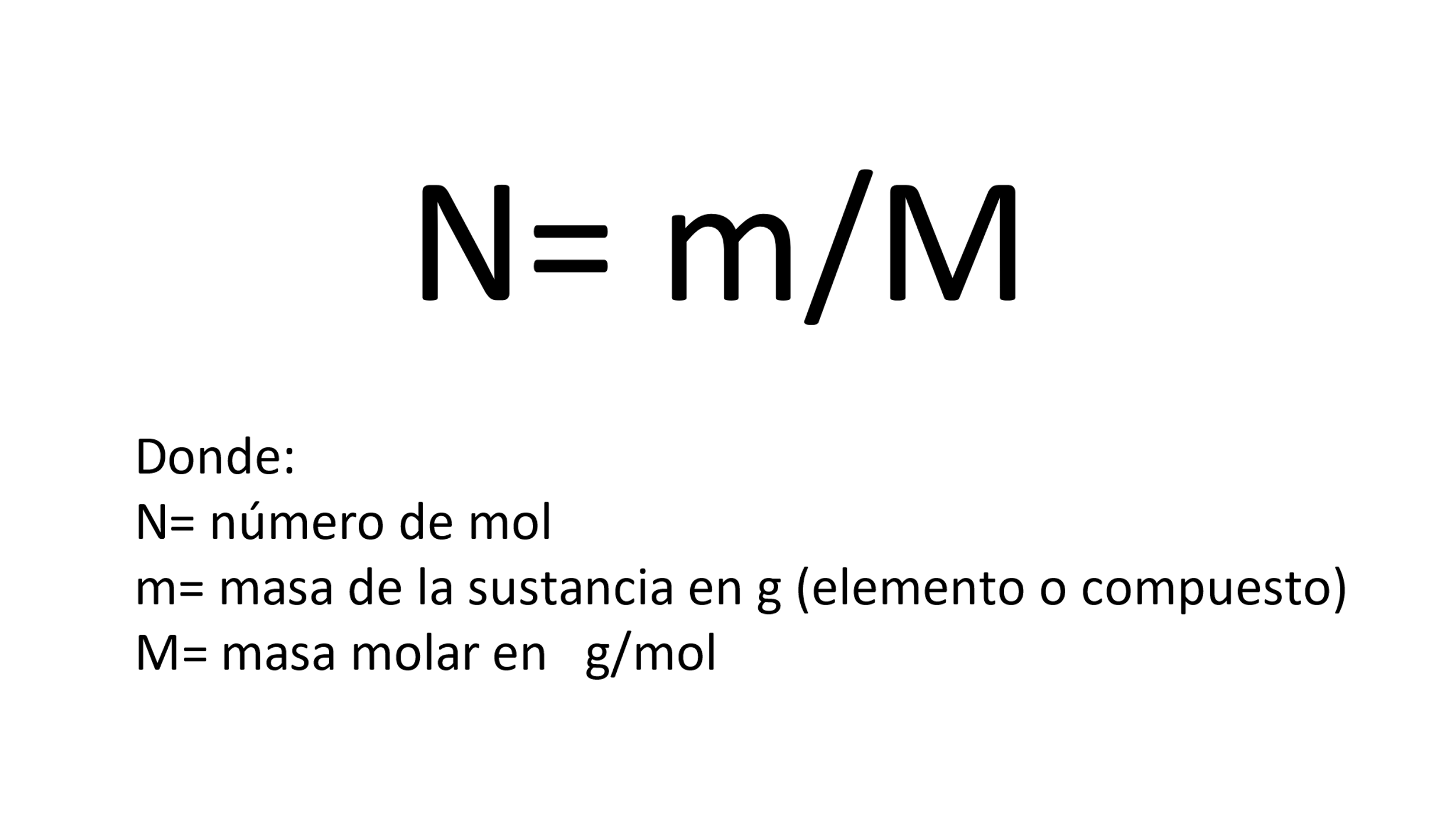Unveiling The MAS 49 Rifle: History & Design
Why is the MAS-49 rifle a pivotal piece of French military history, and what made it a significant advancement in firearms technology? The MAS-49 represents a crucial evolution in French small arms, combining innovative design with practical field application, leaving an indelible mark on the development of autoloading rifles.
The genesis of the MAS-49 can be traced back to the aftermath of World War II and a desire within the French military for a modern, self-loading rifle. After a series of trials with the MAS-44A, a new design emerged, ultimately adopted as the MAS-49. Production commenced in 1951, marking a significant shift away from bolt-action rifles that had been standard issue for so long. The adoption of the MAS-49 signaled France's commitment to embracing technological advancements in its military arsenal, seeking to enhance the combat effectiveness of its soldiers. This wasn't merely a change in weaponry; it was a strategic shift reflecting the evolving nature of warfare in the post-war era.
A key factor in the MAS-49's development was its inheritance of design elements from various French autoloading rifle prototypes that had emerged in the 1930s. The pre-war experimentation paved the way for a more streamlined and efficient weapon system. These early attempts provided invaluable insights into the mechanics of self-loading rifles, enabling engineers to refine and improve upon existing concepts. The ultimate goal was to create a reliable and effective rifle that could withstand the rigors of combat and provide French soldiers with a significant tactical advantage.
The MAS-49 rifle's technical design incorporated several innovative features. It operated on a direct gas impingement system, similar to that of the Swedish Ljungman and the later American M16. This system channeled propellant gases directly into the bolt carrier, facilitating the cycling of the action. This was a departure from some of the earlier gas-operated designs and contributed to the rifles operational efficiency. The rifle also employed a tilting bolt locking mechanism, a feature akin to that seen in the Browning Automatic Rifle (BAR) and the Belgian FN FAL. This tilting bolt design ensured a secure lockup of the breech, critical for handling the pressures generated by each fired round. This integration of features speaks to the advanced design philosophy behind the MAS-49, where functionality and reliability were paramount.
A defining aspect of the MAS-49 was its integration of accessories and features designed to enhance battlefield effectiveness. Approximately 80,000 units of the MAS-49 were manufactured, a testament to its significance within the French military. The incorporation of a scope mounting dovetail on the left side of the receiver allowed for the easy attachment of optical sights, improving the rifle's accuracy at longer ranges. This provision for optics was a clear acknowledgement of the growing importance of precision marksmanship in modern warfare. Furthermore, the MAS-49 was equipped with a grenade launching muzzle device and sight, increasing its versatility and expanding its tactical capabilities. This gave individual soldiers the ability to engage targets beyond the reach of their standard issue ammunition and contributed to overall squad-level firepower.
The MAS-49 was not merely a weapon; it was a framework for adapting to different scenarios. It exemplifies a core set of strategies focused on efficiency and optimization across various disciplines. This can be seen not only in its operational characteristics but also in the design of the manufacturing processes and the ease of use for soldiers. These key characteristics underscore the overall value proposition of the MAS-49 adaptable in diverse environments, effective in its primary function, and inclusive in its design and deployment, providing an advantage for French soldiers.
The MAS-49, therefore, stands as a testament to French engineering prowess and its commitment to modernizing its military during a critical period in global history. It embodied adaptability and responsiveness to emerging threats and was designed with a forward-thinking approach, offering improved functionality, effectiveness, and inclusivity. The rifle's design and features underscored the French military's desire to enhance its combat effectiveness and adapt to the changing nature of warfare. The legacy of the MAS-49 is clear; it represents more than just a firearm. It symbolizes a shift towards modernization, embracing innovative design to enhance the capabilities of soldiers.
The influence of the MAS-49 extends beyond its practical application in combat. It served as a foundation for subsequent firearm designs and influenced the development of autoloading rifles worldwide. Its legacy continues to be appreciated by firearms enthusiasts, historians, and collectors who recognize its importance in the evolution of military small arms.
| Specification | Details |
|---|---|
| Caliber | 7.554mm French |
| Action | Direct Gas Impingement, Tilting Bolt |
| Overall Length | Approximately 1.1 meters (43.3 inches) |
| Weight (Unloaded) | Approximately 4.4 kg (9.7 lbs) |
| Magazine Capacity | 10 rounds |
| Effective Range | Approximately 400 meters (437 yards) |
| Sights | Iron sights, Scope mounting dovetail |
| Muzzle Device | Grenade launching device |
| Production Years | 1951 - Mid-1960s |
| Total Production | Approximately 80,000 units |
For further in-depth information, visit reliable firearms history resources such as Forgotten Weapons.


